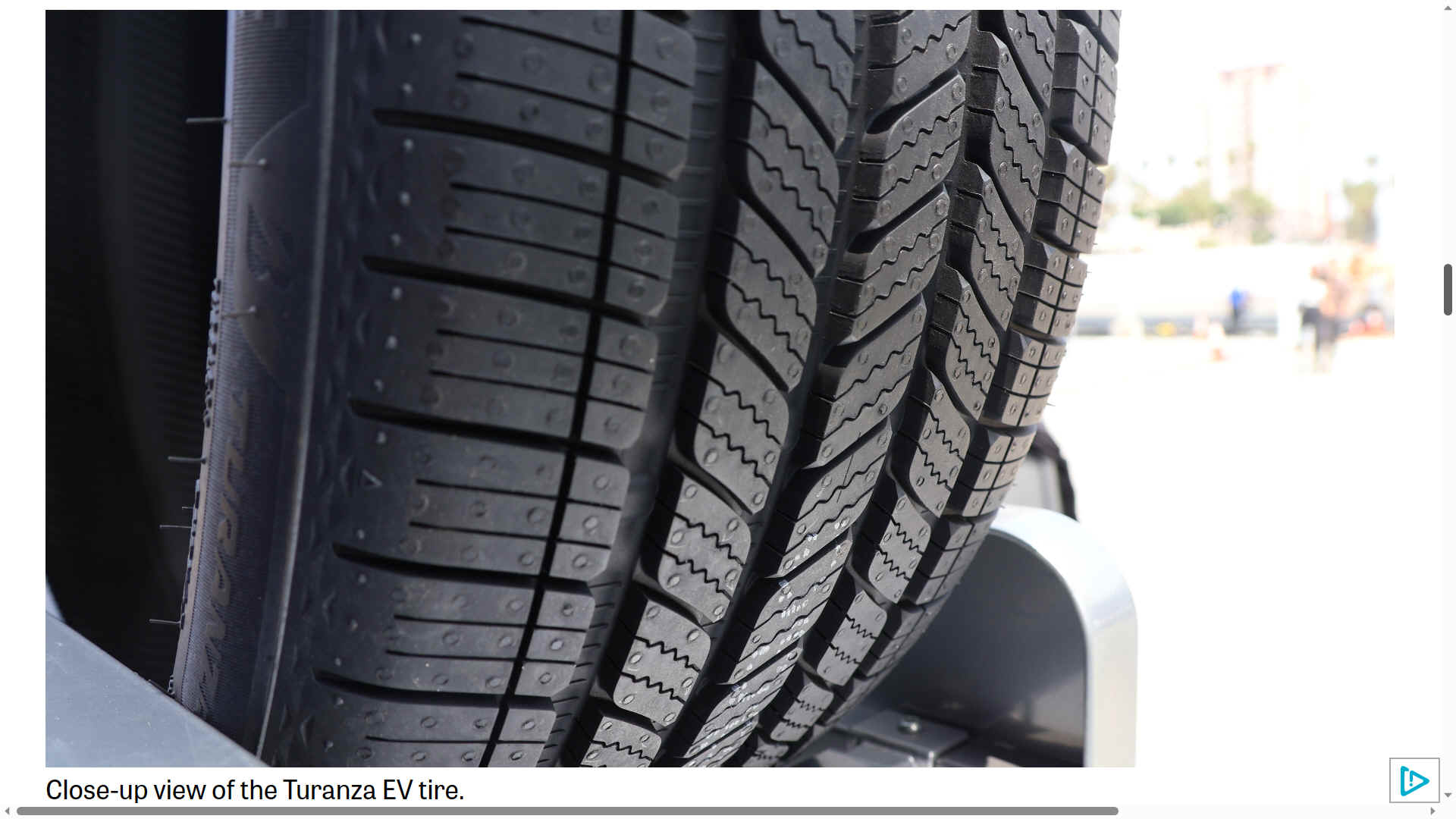|
TOP TEN CHEAPEST CARS UK
|
||||||||||||||||||||||||||||||||||||
|
ROAD DAMAGE AND ECONOMY EV'S - Electric cars can be cheaper and less damaging than gas guzzlers. But, to make that happen, will require California style legislation, banning car sales by any manufacturer, unless a maker offers a truly budget EV in their range. Alongside such radical climate cooling statutory requirements, would need to be a servicing obligation, imposed on utilities. Leaving such essentials to a free market, will never see us reach 2030 and 2050 zero emission levels. Politicians must act immediately, perhaps as a COP28 consideration, to pass laws to make it happen. Many auto makers are gearing up for trucks and SUVs, with 4 out of 5 vehicles sold being the heavier models. While it may seem obvious that bigger vehicles produce more road damage, in fact EV dust or particles from brakes, is far reduced, with regenerative braking. Leaving only the really large pickup trucks and SUVs, to break up the tarmac, as any HGV would do in.
Electric cars should be much cheaper to buy and operate, and they can be with PAYD, energy cartridge exchange and solar panels as standard.
With standard cartridges, the EV buyer does not have to buy a battery, just the vehicle. There are no hidden replacement costs further down the line, since depreciation (or renewal if you prefer) is paid for at every energy fill up. Solar panels on roofs will reduce energy (charging) costs even more; and should be law.
EV's with instant recharging via cartridge exchange, can be a lot lighter than a car that has to carry a ton of extra battery weight around, to gain range in between charges. That in turn means less wear and tear on our roads, tarmac damage and potholes. A lighter car cause less road damage. Such EVs can swap between battery and hydrogen fuel cells at the flick of a switch.
An EV like this could be less than £10,000. A true people's car, or modern Austin Mini, in the Alec Issigonis tradition.
DEBUNKING EV'S AS MORE POLLUTING
The idea that EV tires cause more pollution than typical ICE vehicle tires just doesn’t make sense. A report by Emissions Analytics that suggested particulate matter pollution from the wear and tear of tires is 1,000 times higher than car exhaust emissions. The report also said that tires may produce up to 9.28 grams of particulate matter per mile. However, Dr. McTurk shared calculations that disproved
this:
https://www.rac.co.uk/drive/electric-cars/running/do-electric-vehicles-produce-more-tyre-and-brake-pollution-than-petrol-and/
Please use our A-Z to navigate this site to navigate this site, or see HOME
This website is provided on a free basis to promote zero emission transport from renewable energy in Europe and Internationally. Copyright © Universal Smart Batteries and Climate Change Trust 2023. Solar Studios, BN271RF, United Kingdom. The name SmartNet™ is a registered trademark.
|


